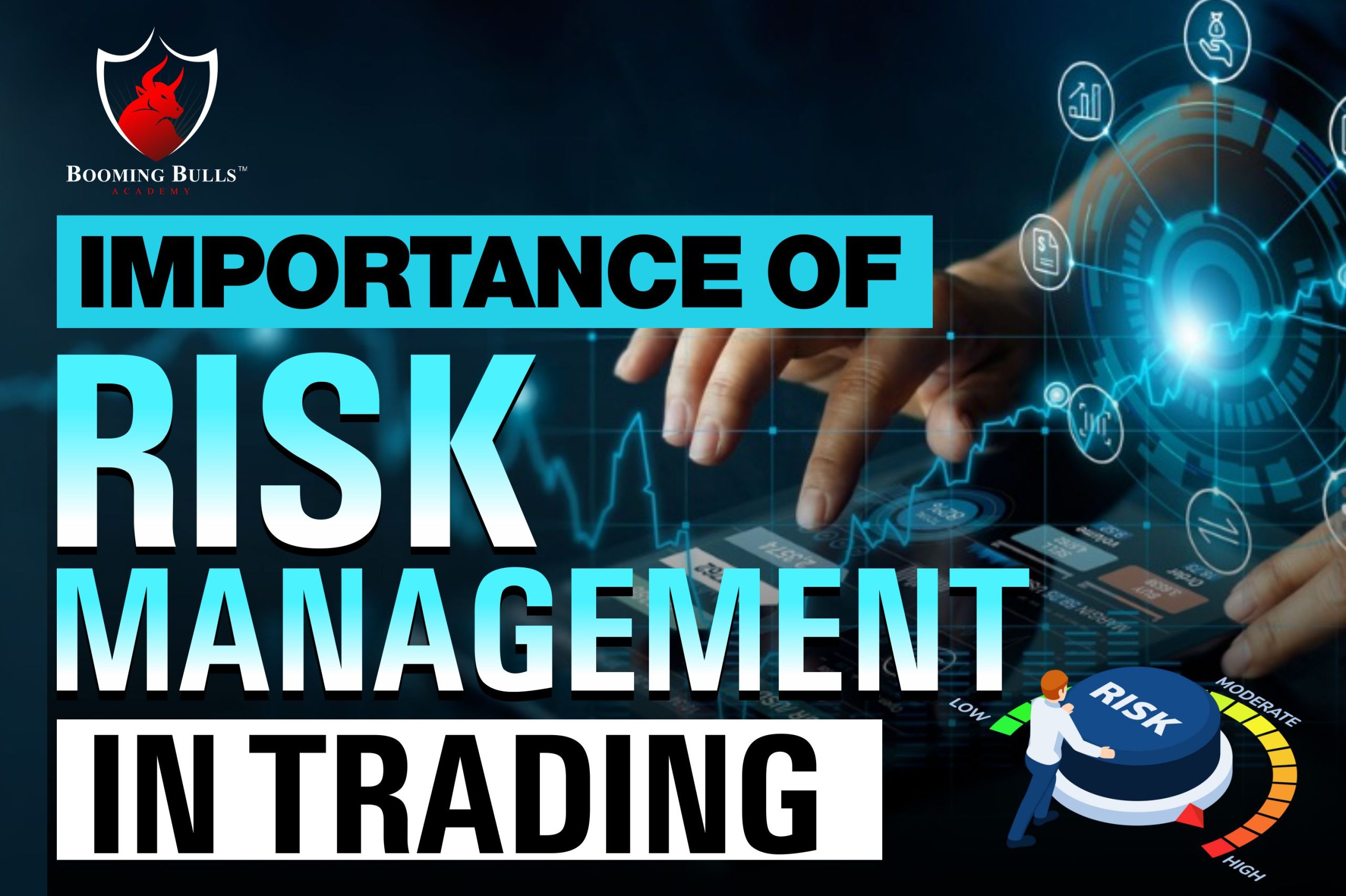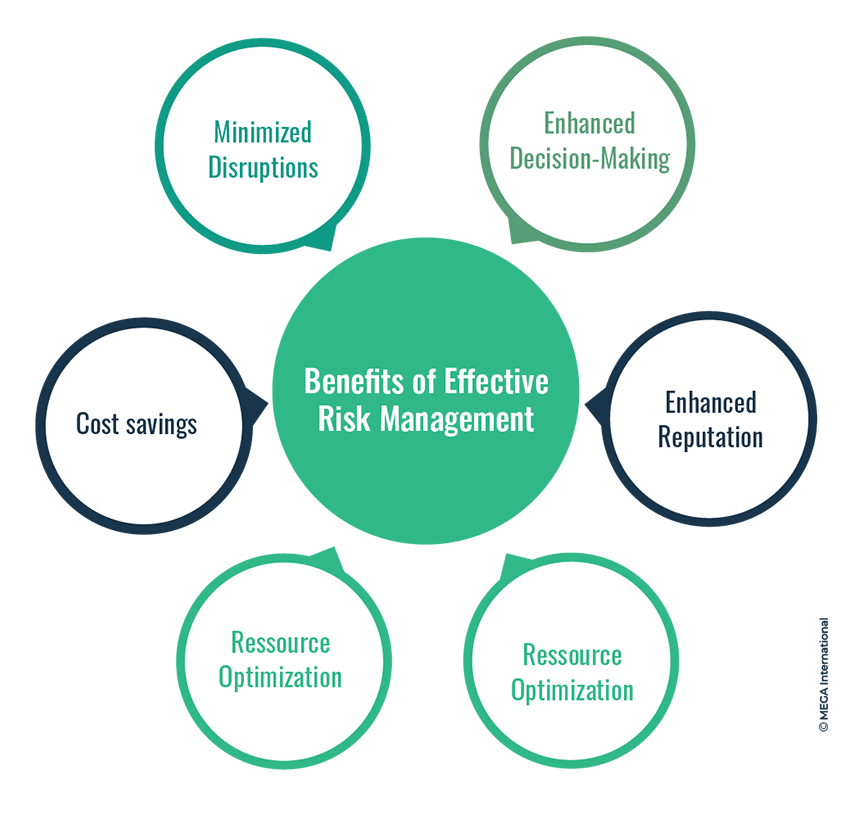The Tactical Importance of Risk Management in Building Market Advantage
The Tactical Importance of Risk Management in Building Market Advantage
Blog Article
The Important Value of Risk Management in Achieving Organizational Objectives
In the quickly evolving service landscape, the ability to browse uncertainty has actually become an important. This is where Risk Management steps in, providing a structured technique to identifying, examining, and mitigating possible obstructions to advance. It's more than simply a safety procedure - it's a tactical tool, fostering resilience and advancement. As we check out the crucial role of Risk Management in achieving business goals, one can't help yet question: exactly how does this translate right into real-world success?
Understanding the Concept of Risk Management in Service

The Essential Function of Risk Management in Strategic Planning
Integrating Risk Management right into strategic preparation works as a safeguard for companies, anchoring their lasting strategies with a solid structure of readiness and durability. It operates as the organization's radar, discovering potential threats and vulnerabilities that could interfere with the course towards achieving their stated purposes. Risk Management uses a structure for preparing for uncertainties and creating ideal actions, ensuring the company's survival and prosperity also in the face of misfortune. By including Risk Management right into critical preparation, companies can change these unpredictabilities right into chances for development and advancement. This critical interweaving of Risk Management fosters adaptability, making organizations more robust and allowing them to browse the ever-changing service landscape confidently. Subsequently, Risk Management becomes an essential tool in strategic preparation, critical in protecting sustainable success.

Methods for Identifying, Assessing, and Prioritizing Risks
The procedure starts with Risk recognition, utilizing devices such as SWOT evaluation, which assists in identifying possible hazards and possibilities. Next off, Risk evaluation is carried out Going Here to ascertain visit their website the possible impact and probability of each Risk. Risks are prioritized based on their possible effect and possibility, allowing organizations to focus their sources on critical threats.
Safeguarding Business Workflow With Effective Risk Management
In the business landscape laden with unpredictabilities, efficient Risk Management plays a critical duty in securing organizational operations. It works as a protective guard, reducing the unfavorable effects of prospective threats and guaranteeing the smooth performance of all processes. By determining and assessing prospective risks, Risk Management makes it possible for organizations to establish durable contingency strategies. This preventative method aids in preserving operational security, even when challenged with unforeseen scenarios. Essentially, Risk Management is the lifeline that maintains the organizational operations afloat among rough waters. It guarantees not only the survival yet the sustainable development of a company, making it an essential tool in achieving business purposes. Companies need to invest in comprehensive Risk Management strategies to guard their procedures.

Transforming Possible Risks to Opportunities: The Power of Risk Management
A proactive approach to risk Management includes determining, examining, and prioritizing risks to design approaches that transform them into potential advantages. Therefore, by leveraging the power of Risk Management, companies can not only safeguard their procedures yet additionally stimulate growth and achieve their goals in an unpredictable business environment.
Instance Studies: Success Stories of Risk Management Driving Service Objectives
Successful implementation of Risk Management techniques has actually yielded excellent cause various organizations, highlighting the advantages of this technique. Multinational firms like Microsoft and Google, for instance, have leveraged Risk Management to lessen threats and exploit chances, driving their organization goals forward. Microsoft's aggressive Risk Management method helped it pivot promptly during the 2020 pandemic, transitioning to remote work efficiently, thus maintaining efficiency. Google, by examining click and reducing potential dangers in its cloud-based services, has actually guaranteed uninterrupted solution, thus reinforcing client trust. These instances show just how successful Risk Management can not only guide organizations free from prospective risks but likewise guide them in the direction of their strategic goals. Hence, Risk Management is integral to the pursuit of organizational objectives.
Final thought
In final thought, Risk Management is fundamentally crucial in achieving business objectives. By integrating Risk Management right into calculated planning, companies can better browse unpredictabilities, protect operations, and capitalise on possibilities, therefore lining up with long-lasting objectives.
At its core, Risk Management is the process of recognizing, analyzing, and resolving prospective dangers that might negatively impact a company's operations or purposes. Next off, Risk analysis is carried out to establish the potential effect and possibility of each Risk. Risks are focused on based on their potential impact and possibility, allowing companies to concentrate their resources on high-priority dangers. By recognizing and assessing prospective risks, Risk Management makes it possible for organizations to develop robust contingency strategies. A proactive technique to risk Management involves determining, assessing, and focusing on threats to develop approaches that turn them right into potential benefits.
Report this page